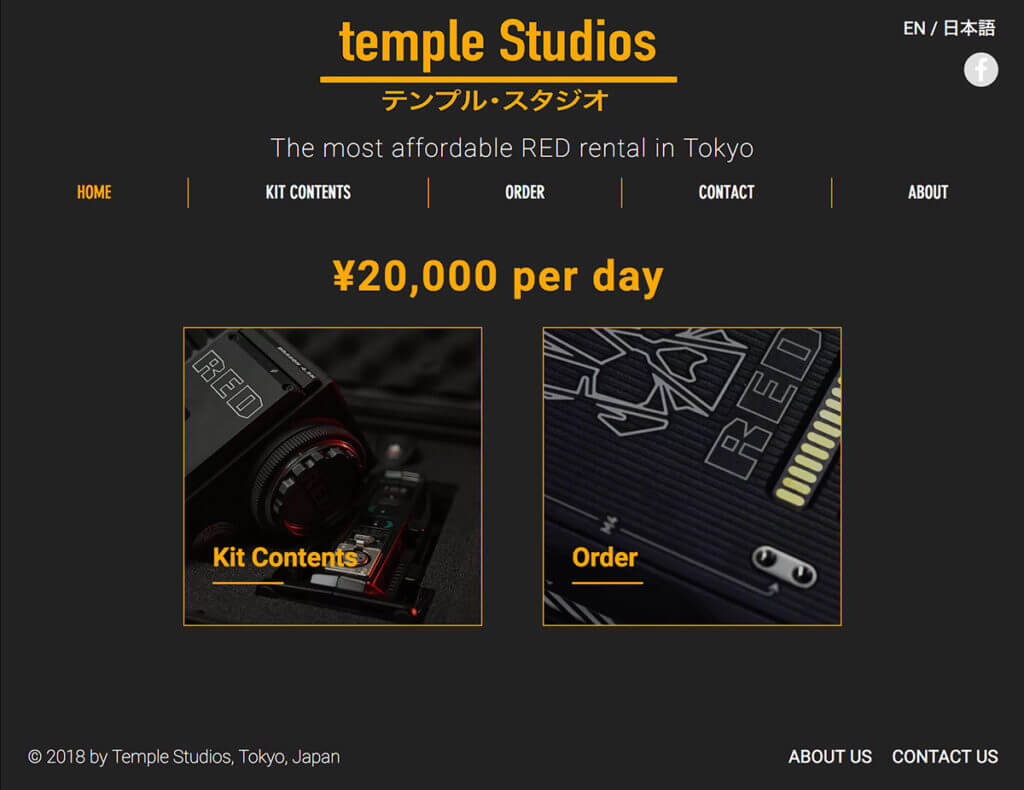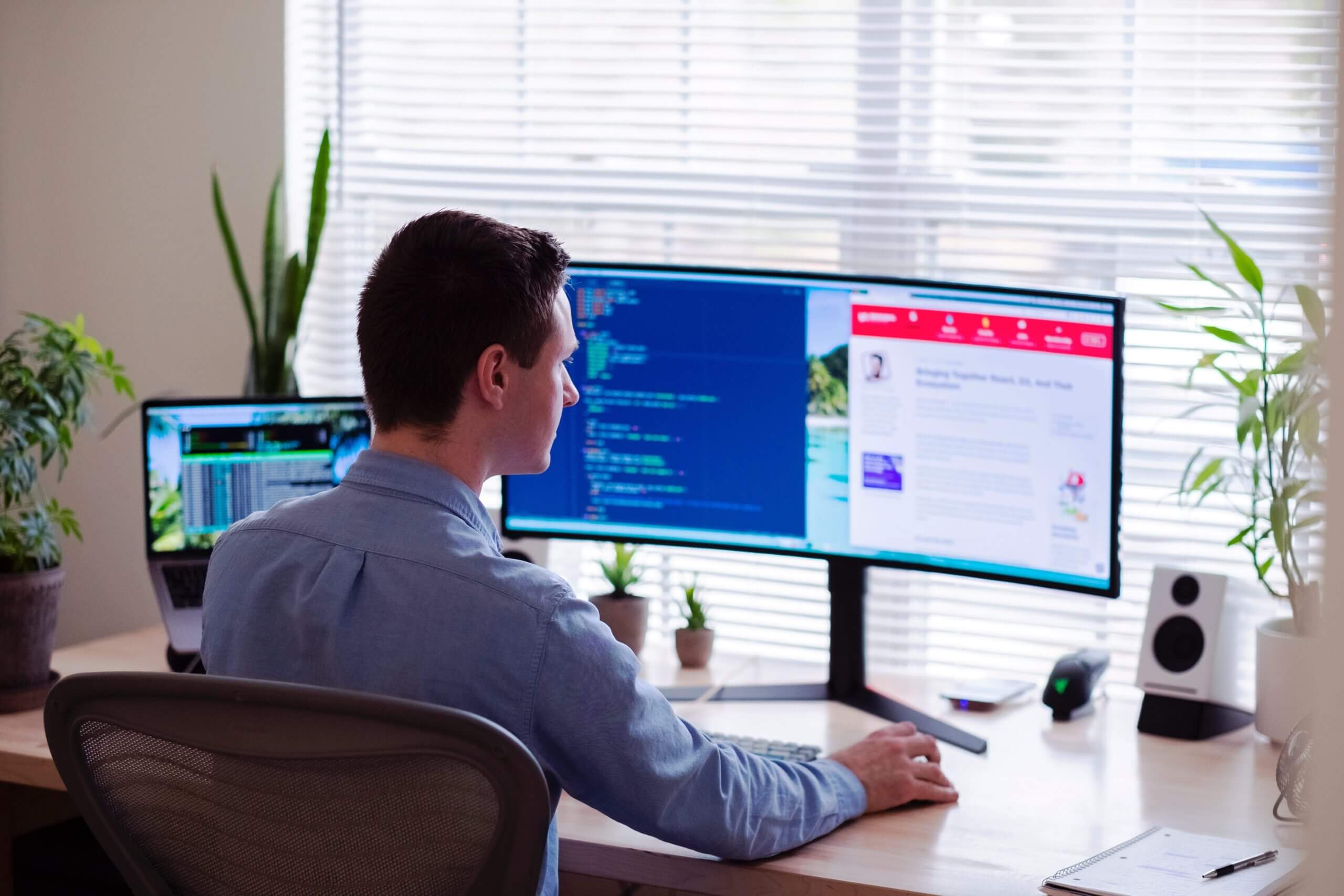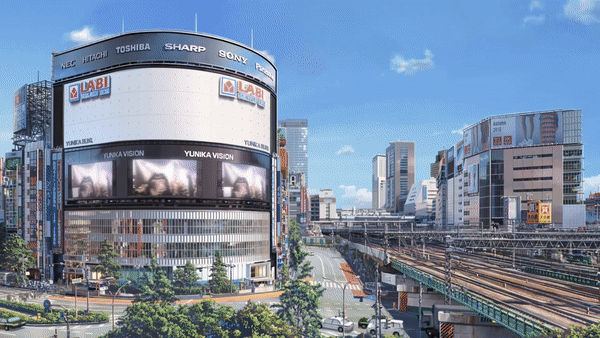
So you got the green light to shoot your project, and now you need to somehow set up a production in Japan. Regardless of if you’re shooting a music video, documentary, short film, or commercial, there are some simple things you should be aware of and prepare for. Not to mention travel is increasingly uncertain as we move further into 2021!
Remote productions include a certain amount of risk, and finding a local production unit in a market that you have no footing in can be a real challenge. Don’t worry though, Hashi Media has got you covered! Here’s our guide to remote productions and filming in Japan.
Table of Contents
Pre Production
As we all know, pre-production can make or break your project. Working with a local fixer is the best way to streamline your pre-production process in Japan. The amount of red tape involved with your production is proportionate to the complexity of your shoot. However, we have some tips for you if you want to try to do as much as possible by yourself; unfortunately, there are certain things you can’t do if you do not speak Japanese.
Communication & Tracking
There’s no way a remote production is executed successfully without setting up proper communication and project tracking. A good, well thought out production dashboard will make for an optimized workflow.
There have been many tools that have made remote location shoots easier and shorten the latency between receiving deliverables. We chose to use frame.io for our remote production dashboards. This keeps communication clear and organized, as well as giving you 24/7 access to your content. Also, there’s no extra fee on the client end!
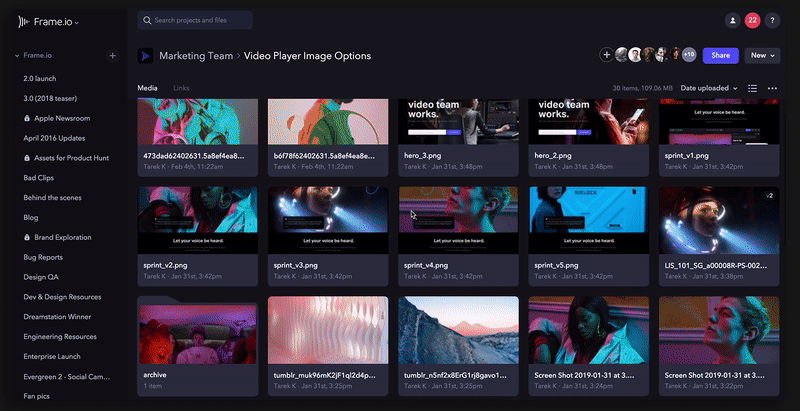
When you aren’t available to be on set and see the footage the day of, it can be stressful. Dailies can be delivered to you pretty much instantly as long as there is WiFi around. Imagine how much better you would feel if you could see your deliverables as if you were there?
Whether you chose to use Frame io or Google sheets, the main thing is to have project tracking that is easily accessible & nimble. Streamlining communication from within the platform itself will save precious and costly time.
Finding Local Crew & Talent
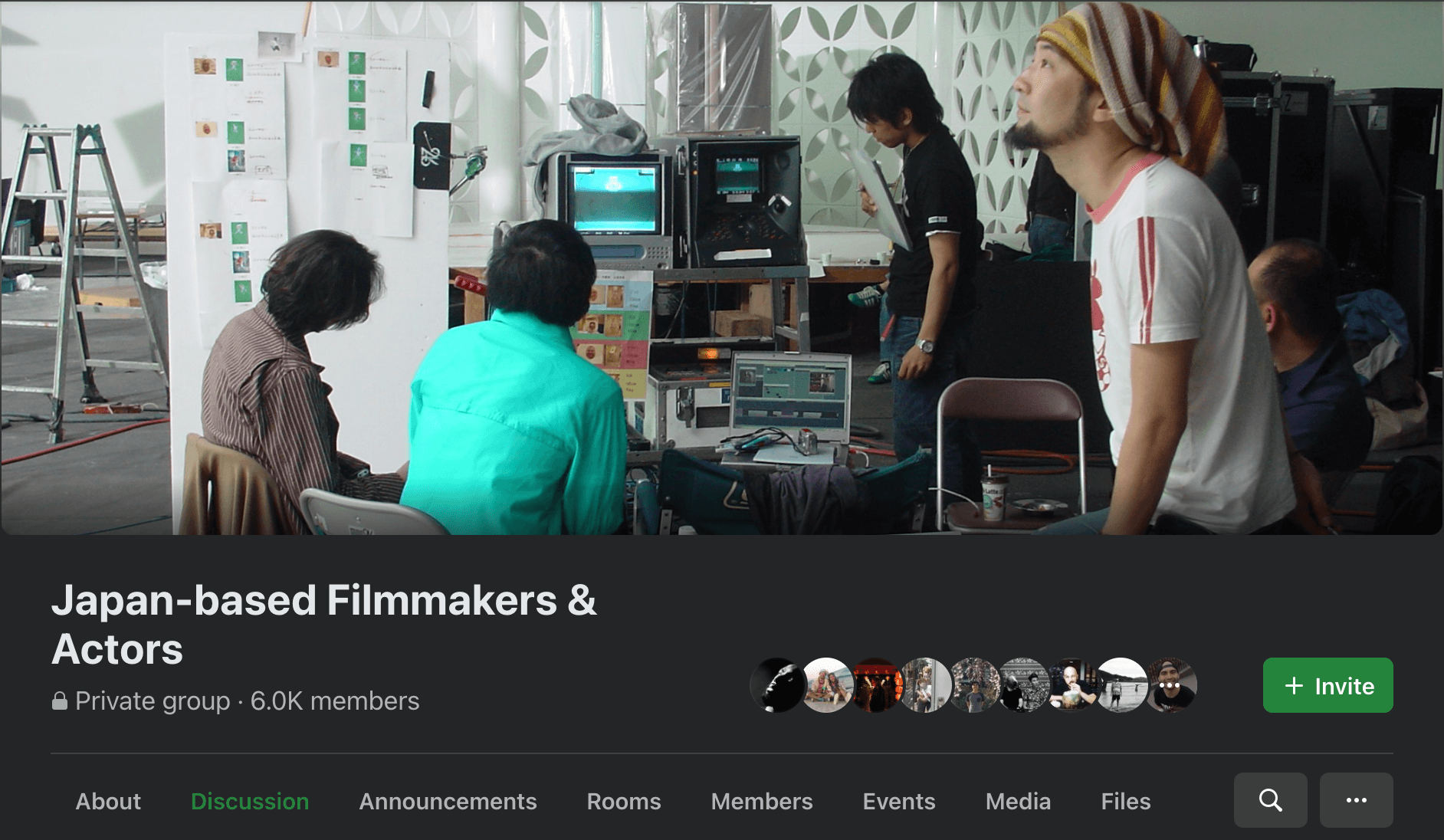

Japanese-based Filmmakers & Actors, Tokyo Film Makers
This really should go without saying, but it’s important to remember that Japan is 98.1% Japanese, Chinese 0.5%, Korean 0.4%, and “other” as 1%.
Unless you have some contact with local talent yourself, it could be hard to find reputable casting agencies or freelance talent. The best bet for multi-lingual, freelance crew and talent are the local Facebook groups. Professionals from all over the world who are long established in Japan or (previously) here on a working holiday. These groups usually have an approval process. These are in place to screen your intentions with the group.
Renting Gear
Compared to film markets where the gear rental options are ample, Japan is a bit of a walled garden. Bigger rental studios often require an introduction, and the rental rates for most gear are way more expensive than a place like Los Angeles. Not to mention there are very few English friendly rental houses in general. Also, the logistics of transporting gear can be a problem depending on a lot of factors. Thankfully, most rental houses we’ve seen include transportation for an extra fee. There are also a handful of smaller rental houses that specialize in camera kits! Temple Studios is easily the rental house of choice for the cheapest RED DSMC2 rental in Tokyo.
For other grip and camera department gear, we also recommend Light-Up. They have a very clear and easy to understand English process and great gear to satisfy most production needs. Our experiences have all been great with them, and they are very responsive.
Location Scouting
Here’s another section where you will need a local producer or production company. You should expect your location scout to have a portfolio of locations across Japan that consists of different cities, points of interest & landmarks that are a good fit for your project’s aesthetics and efficiency for the day of production.
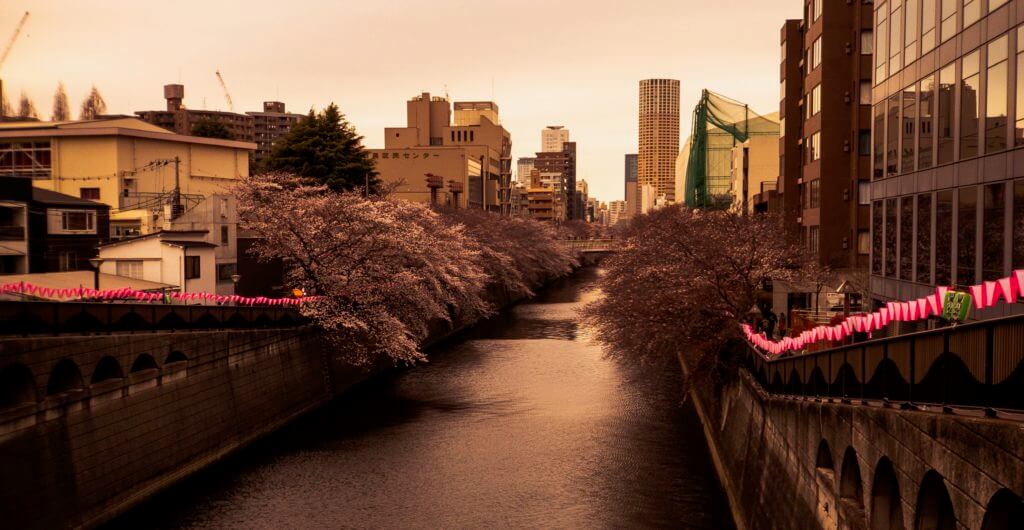
The iconic landscape and scenery of Japan need no introduction either. The fantastic part is that Japan is interconnected by one of the world’s vastest public transportation services.
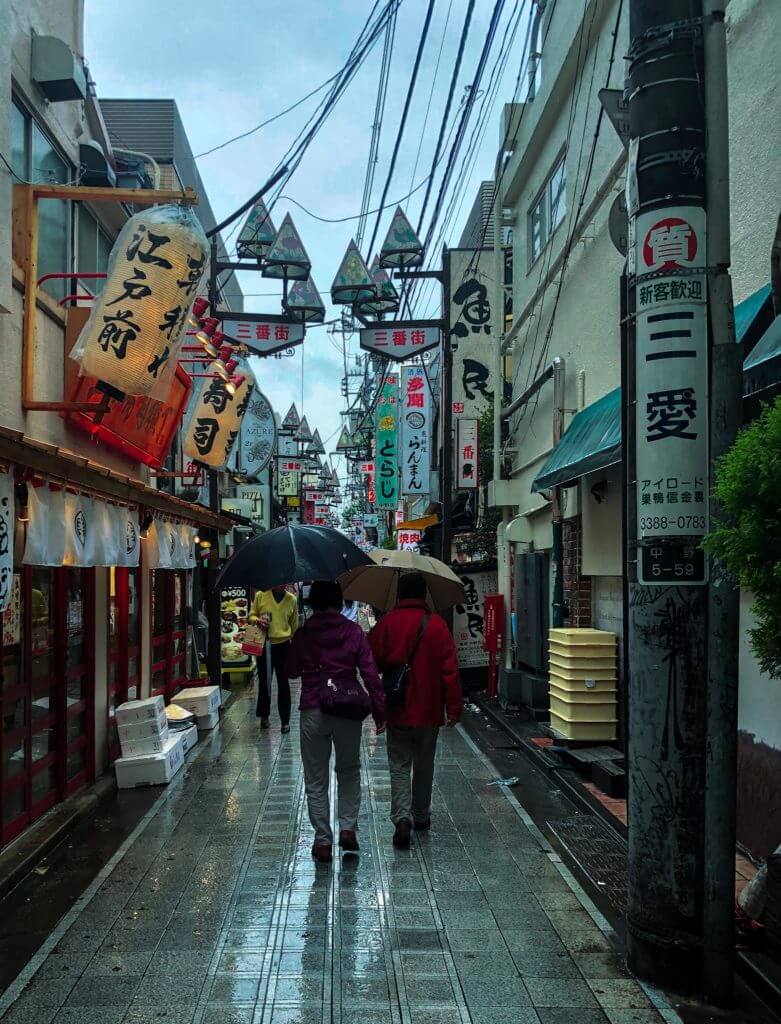
While a fixer should have a portfolio, it should be expected that they also take coverage for you based on your choices and specifications. Since this is a remote production guide, google maps will play a massive role in helping you get a point of reference. Above all, you want a location scout with an eye for detail. Tokyo, specifically, is jam-packed with endless cinematic labyrinths of streets and buildings.
Visas For Filming In Japan
Yes and No. If you will be making money for the work you are doing in Japan, the quick and safe answer is yes, you do need a visa. If your production is anything more than a hobbyist level, it’s best to start looking into the right visa for you.
Every country has its own agreements with Japan, so you need to make sure what your passport issuing country rules are. Japan is known for having ample red tape that can be difficult to navigate even with a local contact. Your best bet is to hire a professional team who has experience with this is sort of thing. The visa laws are continually changing, so make sure you read the most up to date information.
Currently, there are 68 visa-exempt countries. If you are coming from one of these and staying for under 90 days, chances are you do not need a visa. As a creative studio and marketing agency, Hashi Media has experience setting up visas of all status. Feel free to drop us a line if you have any questions about this!
Locations & Permits
As mentioned above, filming in Japan can come with a lot of red tape. Luckily, the permit situation here is pretty straightforward on how to achieve getting one. Of course, this is all dependent on the size of the overall production. Most of the time, locking down locations is as easy as scheduling a meeting with the property owners. Other times you need to get in contact with the local police and get clearance to film on public streets and roads.
The consensus is that most permits can be granted in a week. Pricing also varies based on many different factors like complexity, location, time-of-day, etc. For this part, it is highly recommended to work with a local production company to communicate with the various regional film commissions.
Here is a flow chart from Film In Japan that illustrates this well:
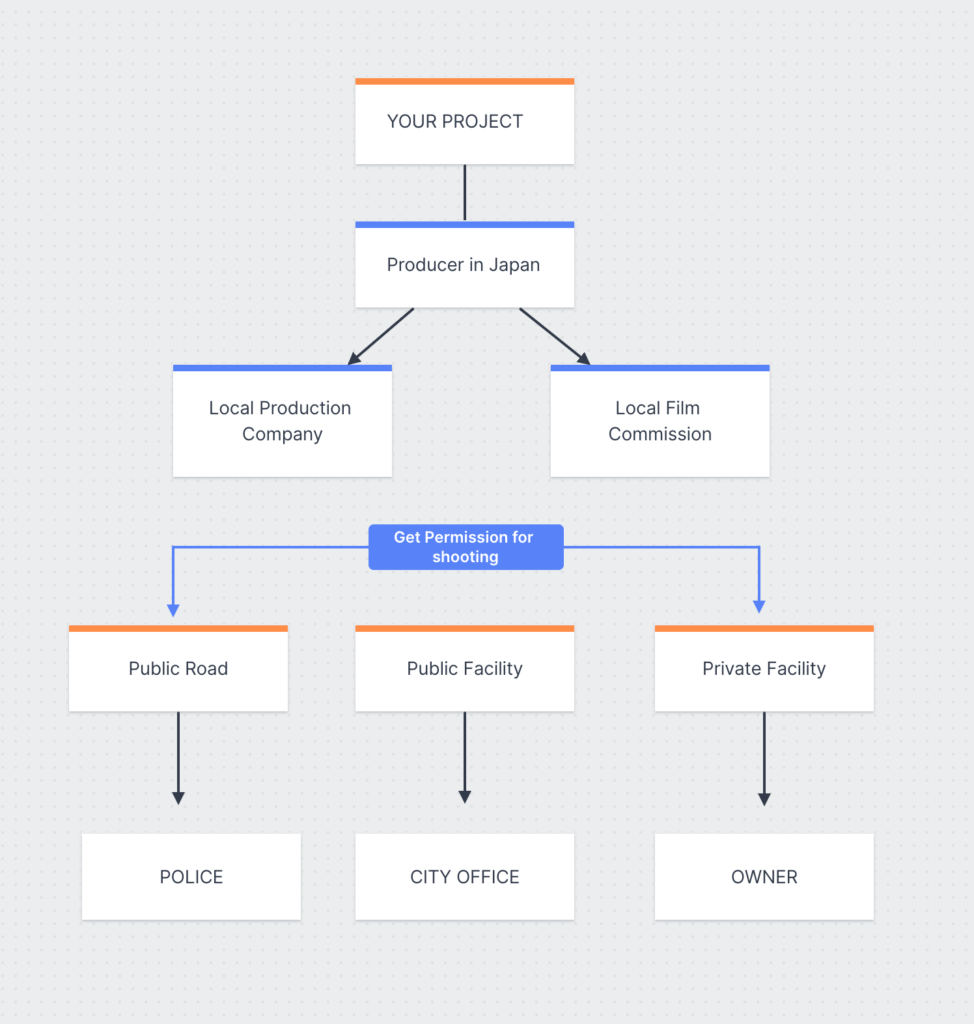
Flying Drones
Using drones in Tokyo is pretty hard. There’s an entire process that goes into securing permits for your shoot and, in some cases, will need to be planned out months ahead of time. It’s pretty close to impossible for hobbyists to fly a drone on a whim in Tokyo. You cannot fly a drone within 25 feet of a helicopter landing pad. Virtually every building in Tokyo has a helicopter landing pad or intersects with the circumference of a building that does. Additionally, you can’t fly drones near train tracks in Tokyo. If you’ve ever been to Tokyo, then you know that there is almost no area that isn’t near a train track.
Like the other permits needed to shoot in Japan, you will need to contact the proper authorities and explain the shots you need to get with the permits. Check out this map of fly permission areas.
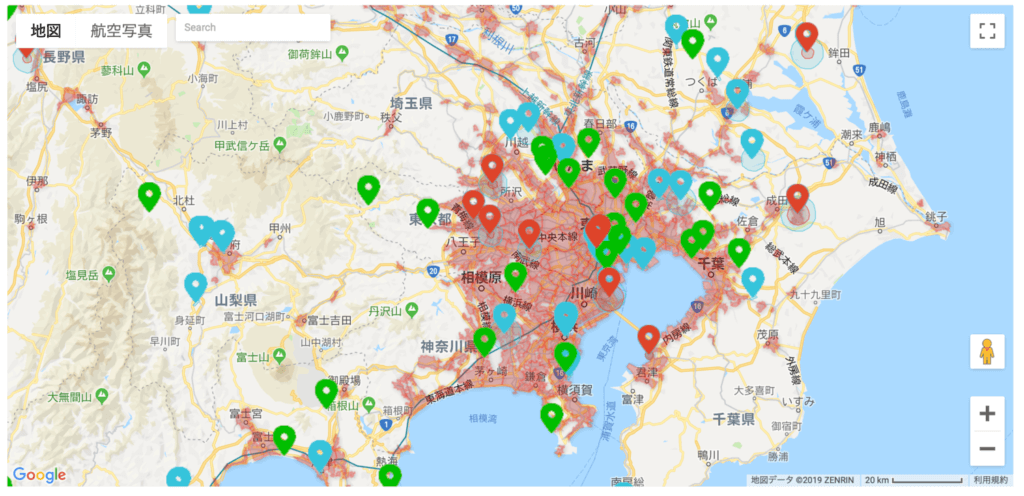
Key takeaways to remember are that densely populated areas require permission to fly from the Ministry of Land, Infrastructure, Transport, and Tourism. There are no general permissions for drones at all. Every different drone you have and use will need a permit of its own.
Summary
At the end of the day a local fixer needs to be an extension of your vision in order to make a remote production work. Communication between the key production head(s) and setting up a fast and reliable database for easy transfer of deliverables.
Now that you had a crash course on some of the things required to make a remote production work while filming in Japan, get out there and film! Don’t forget to share your projects with us!
